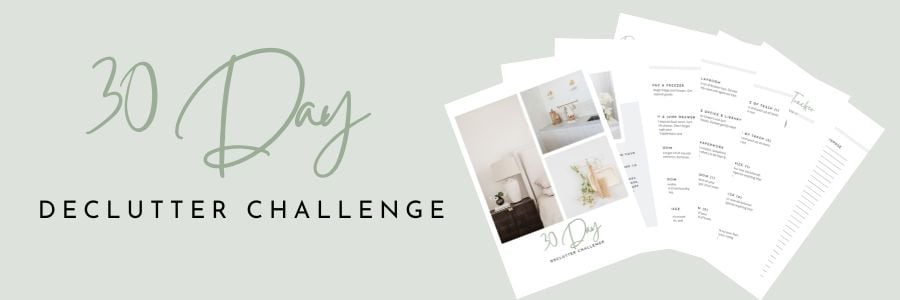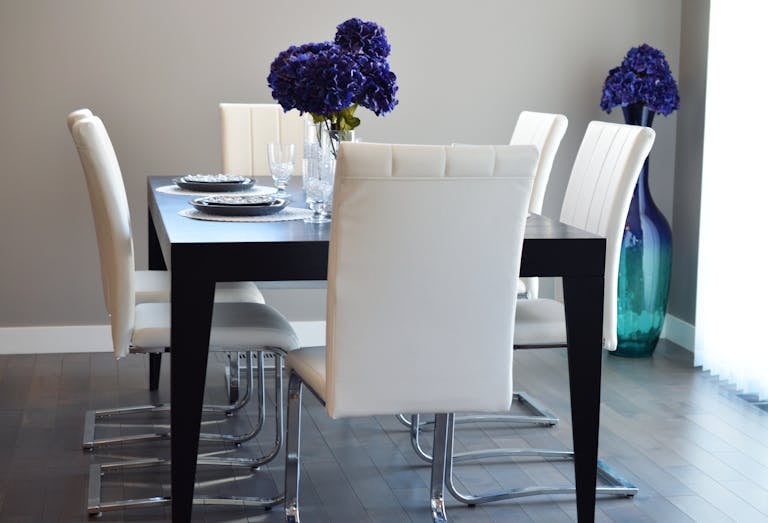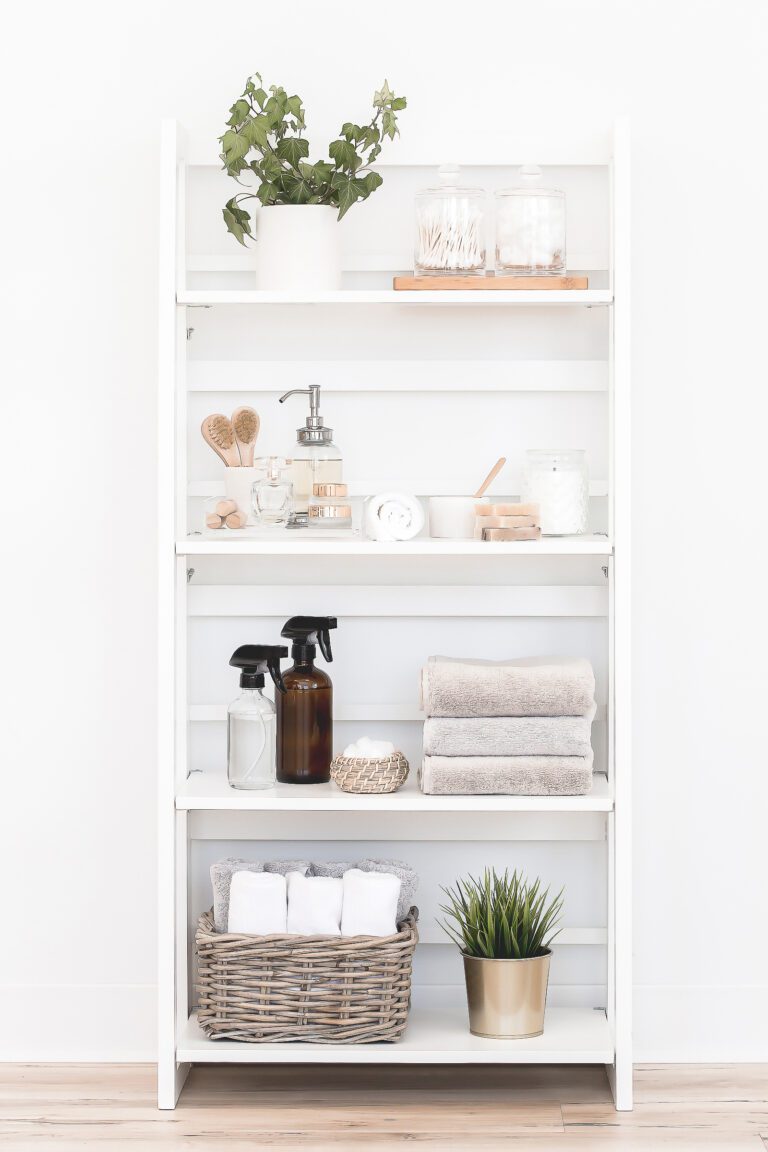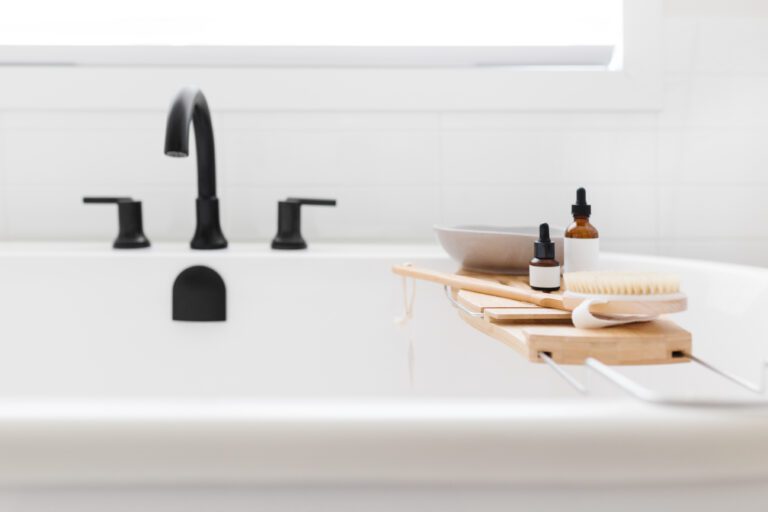How to Declutter Paperwork
In today’s digital age, it might seem ironic that paper clutter still manages to invade our homes and offices. Yet, despite the move toward digital documentation, paper continues to accumulate in the form of bills, receipts, mail, and various documents. Over time, this can lead to a chaotic and overwhelming environment. If you’re drowning in paper clutter, fear not. In this guide, I’ll share some tips and tricks on how to declutter paperwork and organize that paper clutter!
1. Start with a Clear Goal
Before you dive into the piles of paper clutter, it’s crucial to set a clear goal. Define what you want to achieve through decluttering your paper clutter. Perhaps your goal is to create an organized home office, simplify your financial records, or establish a manageable system for handling incoming mail.
Having a specific objective will not only motivate you but also guide your decision-making process as you declutter. It’s easier to stay focused when you have a defined purpose in mind.
2. Gather All Your Paper
To deal effectively with paper clutter, start by gathering all your paper items from around your home. This includes mail, magazines, bills, documents, receipts, and even old notebooks – literally everything you can think of. Collect everything into one central location, such as a large table or the floor, so you can see the full extent of the clutter.
By bringing it all together, you gain a clearer picture of what you’re dealing with and avoid overlooking hidden sources of paper clutter.
3. Sort and Categorize
Once you’ve gathered all your paper clutter, it’s time to sort and categorize it. Create categories that make sense for your specific situation. Here are some common categories to consider:
- Bills and Financial Documents: This includes utility bills, bank statements, tax documents, and insurance paperwork.
- Personal Documents: Birth certificates, passports, social security cards, and other important personal identification documents fall into this category.
- Medical Records: Organize medical bills, prescriptions, and any health-related paperwork separately.
- Receipts: Separate receipts by type, such as grocery receipts, retail receipts, and restaurant receipts.
- Mail: Sort mail into categories like “to be read,” “to be filed,” and “to be addressed.”
- Magazines and Catalogs: If you have subscriptions or receive catalogs, create a designated space for them.
- School/Work Papers: Separate school or work-related documents, including assignments, reports, and projects.
- Miscellaneous: For papers that don’t fit neatly into other categories, create a miscellaneous category.
As you sort, be ruthless about what you truly need to keep. Ask yourself whether each item is necessary and whether it serves a current purpose or has sentimental value.
4. Establish a Filing System
A well-organized filing system is essential for managing paper clutter. Invest in a filing cabinet or file boxes, along with folders, labels, and dividers. Design your filing system with your categories in mind, and create folders for each category.
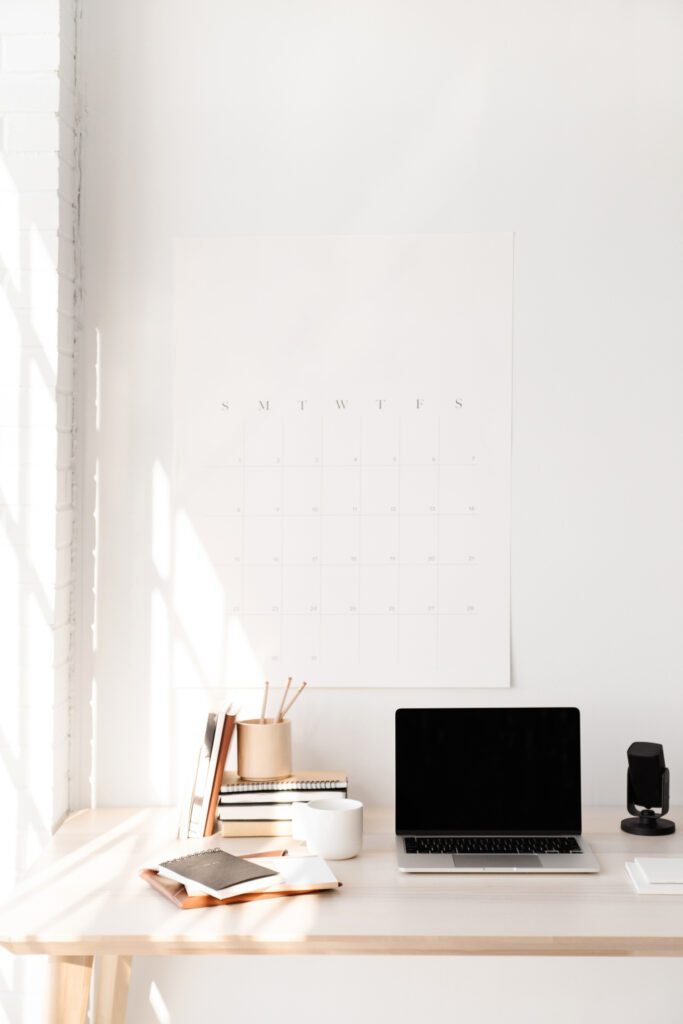
Here are some tips for creating an efficient filing system:
- Label folders clearly with the category name and subcategories if necessary.
- Use color-coding for easy identification.
- Keep essential documents, like passports and birth certificates, in a secure and easily accessible location.
- Regularly review and update your filing system to ensure it remains effective.
5. Go Digital Where Possible
In an effort to reduce paper clutter, consider going digital whenever possible. Scan important documents and save them on your computer or in cloud storage services like Google Drive or Dropbox. Digital copies are not only space-saving but also easier to search and access.
Many organizations now offer paperless billing options, so take advantage of them to receive bills and statements electronically rather than through postal mail. This not only helps reduce paper clutter but also benefits the environment.
6. Create a Mail Sorting System
Incoming mail is a common source of paper clutter. To manage it effectively, create a mail sorting system. Set up a designated area where you can immediately sort and process mail as soon as it enters your home.
Here’s a simple mail sorting system to help you declutter paperwork:
- To Be Read: Place mail that requires your attention, such as bills and personal correspondence, in this category.
- To Be Filed: Use this category for documents that need to be saved and filed.
- To Be Shredded: For any sensitive documents with personal information, designate a “to be shredded” pile.
- Junk/Recycling: Quickly dispose of unwanted mail and catalogs in this category.
By sorting mail as it arrives, you prevent it from piling up and becoming a source of clutter.
7. Set a Regular Decluttering Schedule
Paper clutter can quickly accumulate if left unattended. To prevent this, set a regular decluttering schedule. Depending on your needs and the volume of paper you receive, you might choose to declutter weekly, biweekly, or monthly.
During your decluttering sessions, review and process any new papers, file what’s necessary, shred sensitive documents, and recycle or discard unneeded items. Consistency is key to maintaining an organized paper environment. Setting aside just 30 minutes for this task can achieve so much if you declutter paperwork on a regular basis.
8. Digitize Your Reference Materials
Reference materials, such as articles, recipes, or project notes, often contribute to paper clutter. Instead of keeping stacks of paper, consider digitizing these materials. You can use apps like Evernote or Notion to store and organize digital notes, articles, and reference materials.
Digitizing not only reduces paper clutter but also makes it easier to search for and access information when you need it.
9. Discard Unnecessary Items Responsibly
While decluttering, you’ll inevitably come across papers that are no longer needed. Be sure to discard them responsibly. For documents with personal or sensitive information, use a shredder to ensure your data is secure.
Recycle papers that are no longer needed but don’t contain sensitive information. Items like old magazines, newspapers, and non-confidential documents can be recycled to reduce waste.
10. Maintain a Minimalist Mindset
Finally, cultivate a minimalist mindset when dealing with paper clutter. Embrace the philosophy of “less is more” and focus on keeping only what truly adds value to your life. This approach can help you make more intentional choices about what papers to keep and what to let go of.
By consistently applying a minimalist mindset to your paper clutter, you’ll create a more streamlined and peaceful living environment.
It’s easier than you think to declutter paperwork with the right strategies and mindset. Begin by setting clear goals, gathering all your paper clutter, and sorting it into categories. Establish an efficient filing system, go digital where possible, and create a mail sorting system. Set a regular decluttering schedule, digitize reference materials, and responsibly discard unnecessary items. Cultivate a minimalist mindset to guide your decluttering decisions. With these methods, you can declutter paperwork, regain control of your paper clutter and enjoy a more organized and stress-free living space.
You might also like:
14 Tips to Help You Declutter Your Home Office
Declutter a Room in 30 Minutes: The Ultimate Speedy Guide to a Neat Space
How to Set Decluttering Goals: Your First Step to Decluttering Success

